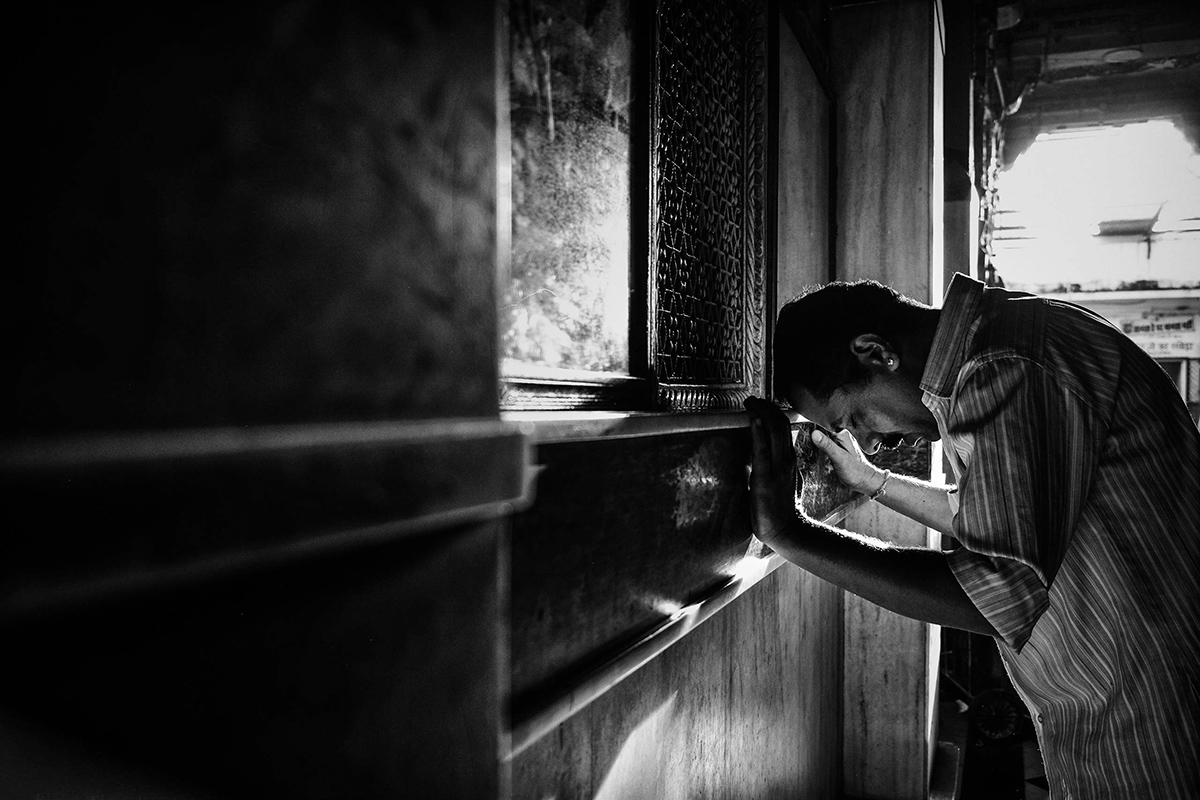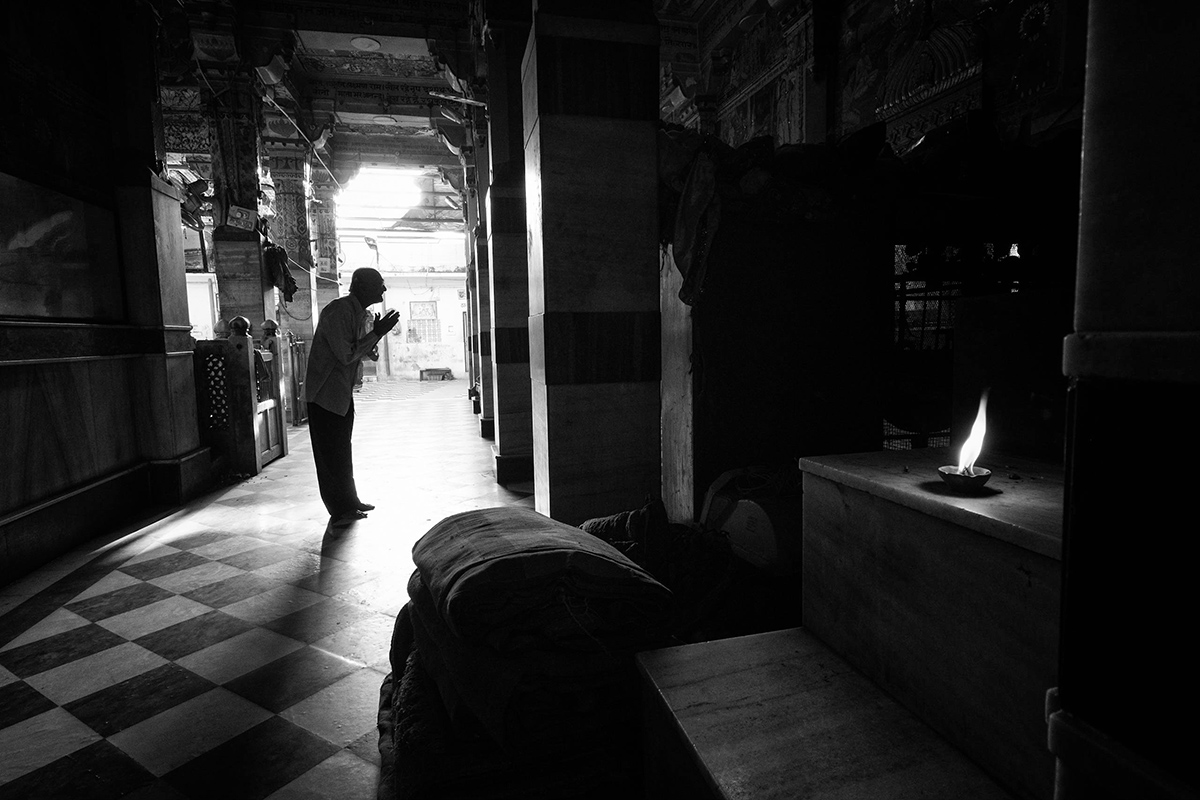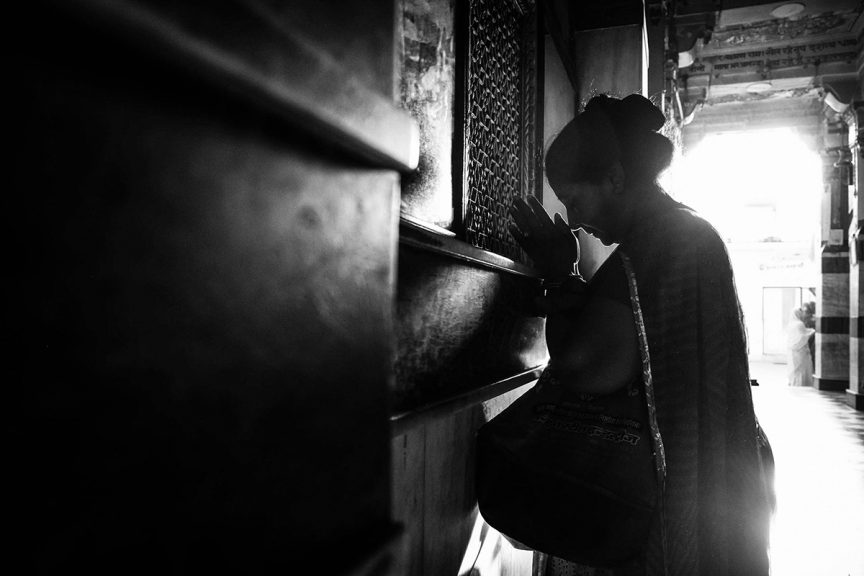Does every photograph have to have a subject? In a landscape, for example, does there have to be one focal point or can the whole scene be the subject?
These were the questions I was asked last week and I think they open an interesting conversation. Here’s my take on it:
Yes. A photograph needs a subject. It needs something about which to be. In the same way a story or a poem or a song needs to be about something, so too does a photograph. But remember that subject need not be a tree or a person or a specific element in the photograph. That subject might be a mood or an emotion or an idea; it might be really abstract, but I can’t think of a photograph that’s not about something.
Where we get bogged down a little is in the confusion created when we assume that the elements in the photograph are the same thing as the subject of the photograph. Sometimes they are, but it’s not always so simple. An example: You’re on the streets of New York and you make a photograph of a yellow cab, because no one has ever done that. It’s a literal take on a New York Taxi. A photograph of a taxi. Note the emphasis. But is it a photograph about the taxi? It might be. In which case the subject of the photograph and the way you express that subject are the same. Move along, nothing to see here. But if you want the subject to be a little more specific, perhaps an idea or a feeling, like how the city is always in motion, a whirl of colour and movement, then that is your subject and the photograph may or may not need a taxi in it. Maybe the best way to express that is with a blue car, or several cars of different colours all blurred together.
Another example. You’re photographing a landscape. You were drawn to the scene because the light and the mist was breathtaking. As you photograph you move the camera around. Sometimes there’s a tree in the shot, sometimes not. Sometimes there are three trees. Is the tree the point of the photograph? No. Do you need it in the shot? Maybe yes, and maybe no. The tree is one element, but not the subject. The subject is the light and the mist, even perhaps the mood, the mystery, created by the way the light and the mist interact. The big challenge has always been to find the best expression of that subject.

One last example. A quick one. Like the image at the top of this post – what is the subject in this image above? Is it the specific man you see there? No, it’s devotion. Faith. Prayer. The same subject is expressed in the next two images below. Same subject, different expressions of that subject. Knowing that my subject was the idea of devotion and not, for example, the specific person, helps lead me to different creative options, like knowing that not only do I not need to see the details of the faces really clearly, but that it’s the shape of the silhouettes, or the movement in the gesture, that more powerfully communicates the idea.


This is a favourite sermon of mine, because I think understanding it helps make stronger photographs. Even though the questions are a little more sub-conscious most of the time now that I’ve been doing this for 30 years, asking myself these two questions remains a necessary part of my creative process. Try asking these two questions for every photograph you make:
What is this photograph about?
How can I give that subject its strongest expression in the photograph?
If these two questions are helpful to you, here are another two questions you might want to consider.
And if you want more conversations like this, about what makes stronger photographs, beyond the buttons and the dials and usually technical stuff, consider reading one of my books. My latest book, The Soul of the Camera, The Photographer’s Place in Picture-Making, is available now for pre-order and should be in your hands around the middle of June.
Share this Post, Share the Love.


Comments
David, Thank you for your answer.
Your eloquence took the answer much farther than my understanding of the question I was asking. I now have a better understanding of what, “the subject of a photograph” includes.
I look forward to seeing your new book.
love the post. i think every photo has the ability to literally be a “metaphor.” like u said, that doesn’t mean that the subject has to be a “thing”, but the photo itself is just like the definition for metaphor: “a transfer / carrier of meaning”
u can look at an object or scene w/ a camera like an artist looks at a block of marble. “I saw the angel in the marble and carved until I set him free.” – Michelangelo
or, you could just photograph old people walking on the beach and sell it as a stock photo to a pharma company, ha ha
David, I just discovered your books and your website, and am devouring everything…your message is exactly what I need to hear. I am finding that I struggle with only doing things “right” and following the rules. I am very uncomfortable with deviating, and I am trying to find my own voice. Your insight on this topic in particular has been a tremendous help to me, and has radically amended my approach to my photographs. My work is not only improving, I am discovering a newfound excitement in making the decision that determines what my photo is about versus the thing or person in my picture. It has turned out This was the missing link for me in this particular phase of my journey..
I am working my way through Within the Frame, and am currently reading the chapter about finding balance between the geek stuff and the art. Incredibly helpful.
Thank you for your encouraging guidance.
All the best,
Rachele
Great to read. Thanks a lot for the post.
Awesome pics.
Love
PS June can’t come fast enough! Dying to get my book!!
You’re advice here is tremendous-especially for us newbies! You’re so right and your images to me at least, always capture or evoke super strong emotion and that’s what I would like to convey too. Although my blog pix are more tourism sort of photos, I am trying to put better/more emotional ones on my portfolio tab on my blog. I can’t express how grateful I am for all of your posts!! Have a beautiful day!!
Gotta’ agree with Irene, the movement in that image is beautiful and powerful.
Your B & W work has become truly wonderful.
Thanks so much for this, David…. years and years of making photographs, and suddenly an ah-ha moment while reading this! It hit me somewhere around here: “The subject is the light and the mist, even perhaps the mood, the mystery, created by the way the light and the mist interact.” So beautifully written.
I can’t put it into words yet, but there’s a ‘knowing’ that went deep and it’s about a richer, more expansive way to see, both with and without my camera ….. I’m so grateful…. and I cannot wait to get my hands on your new book!!
Your writing is always so beautifully poetic, David. And I love love love the movement in the second image…